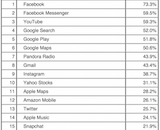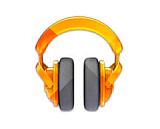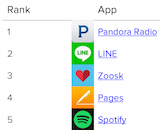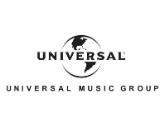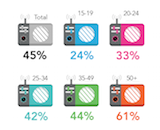Nielsen Music reports worst week for downloads, but best for streams
Nielsen Music’s data for the week ending Aug. 27 was the lowest for digital song sales in seven years. Only 15.66 million songs were sold on digital platforms for the week. The top track for the period, “Locked Away” by R. City, sold only 92,000 downloads. On the other hand, that same week had the highest level of on-demand audio and video streams. Continue Reading



